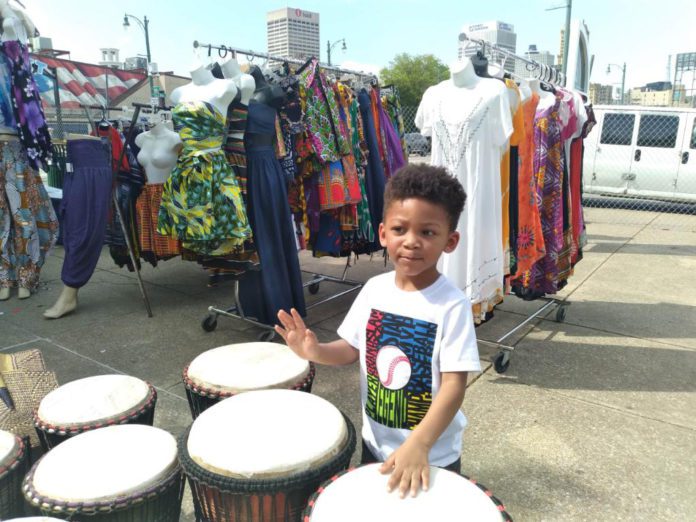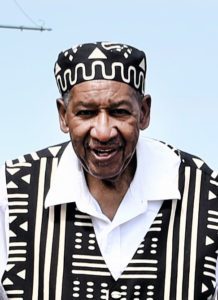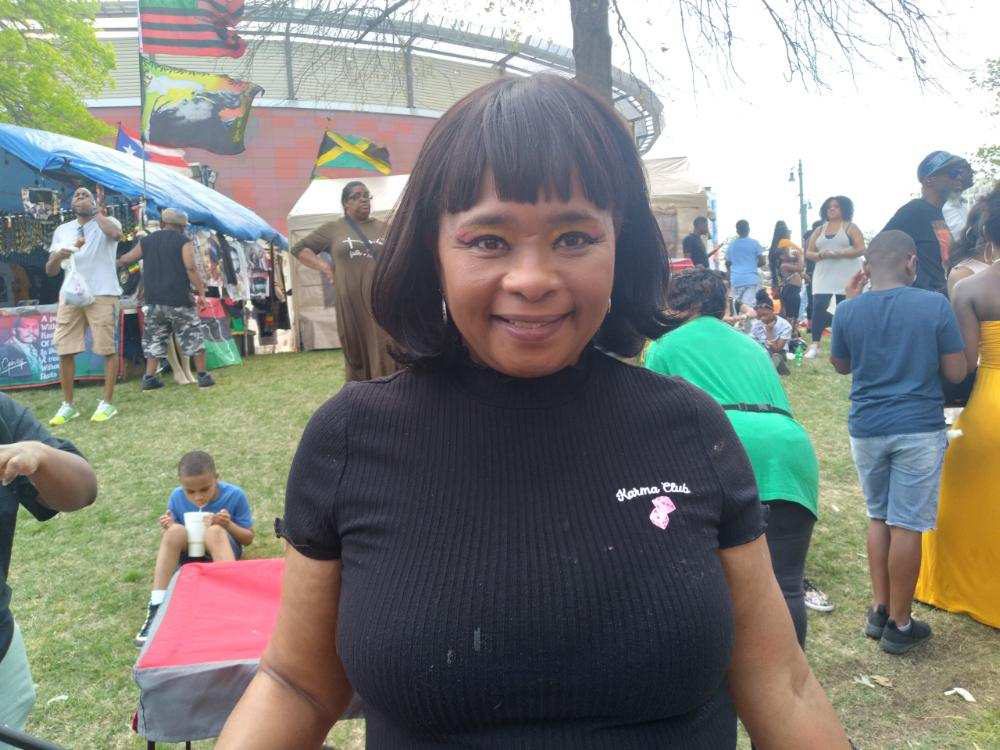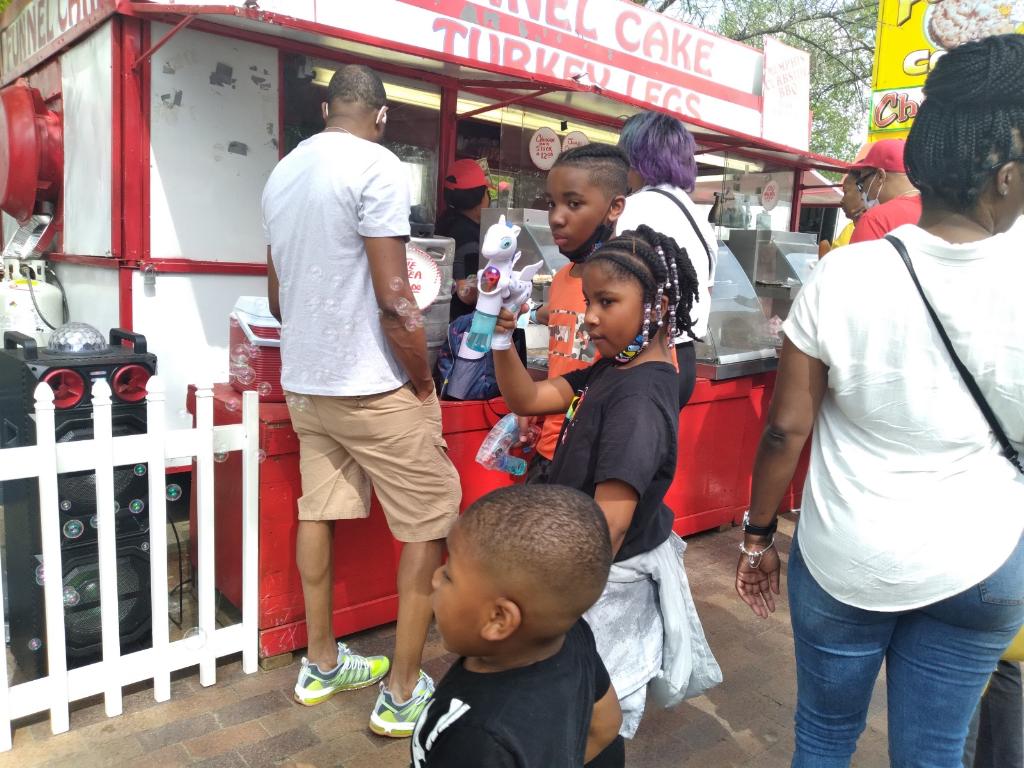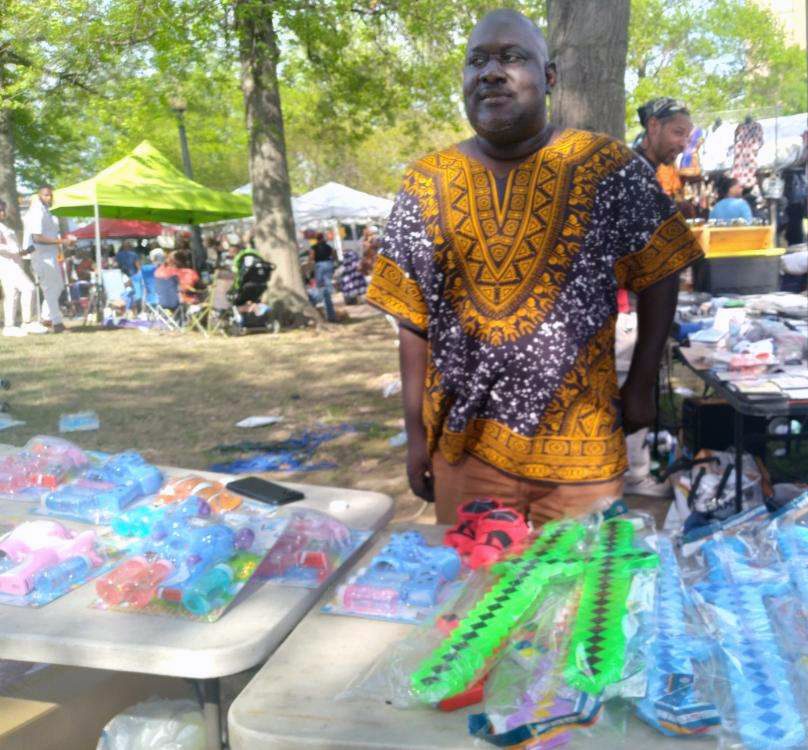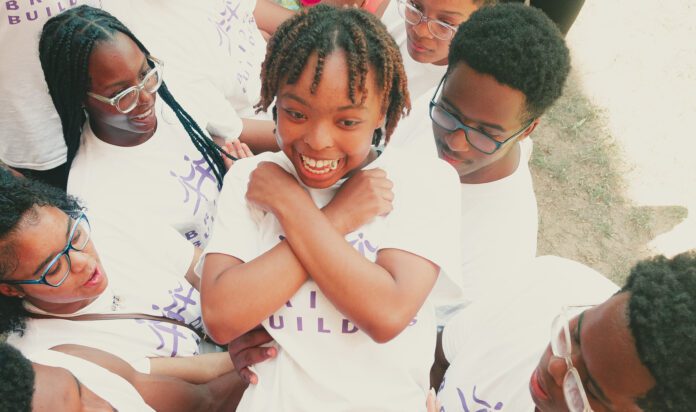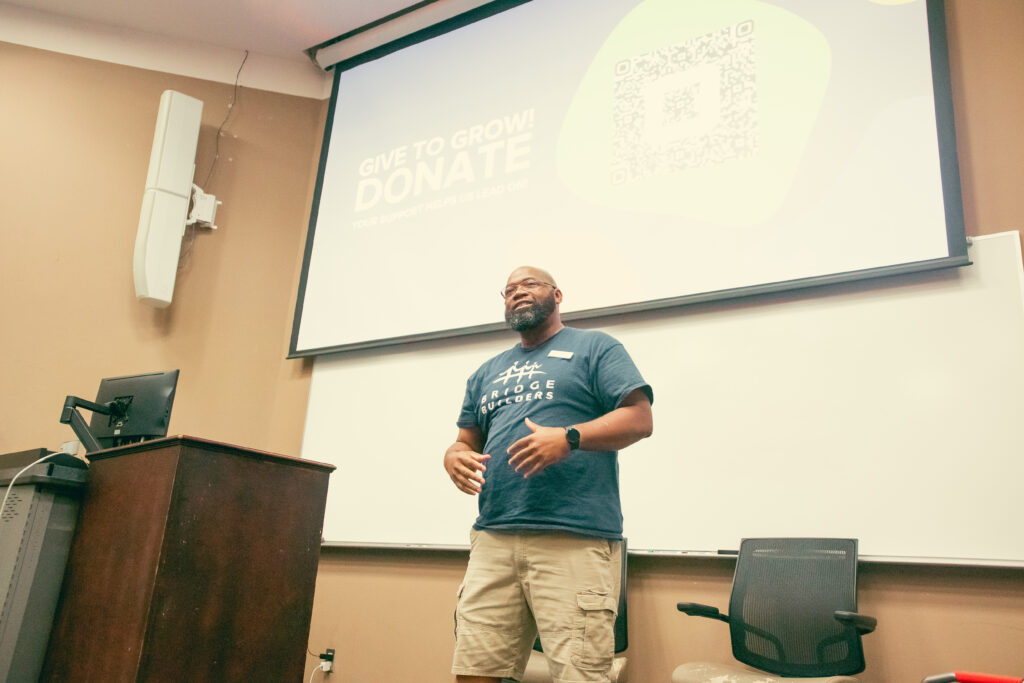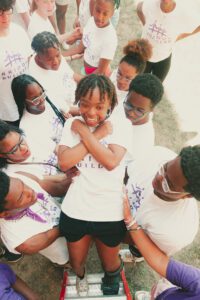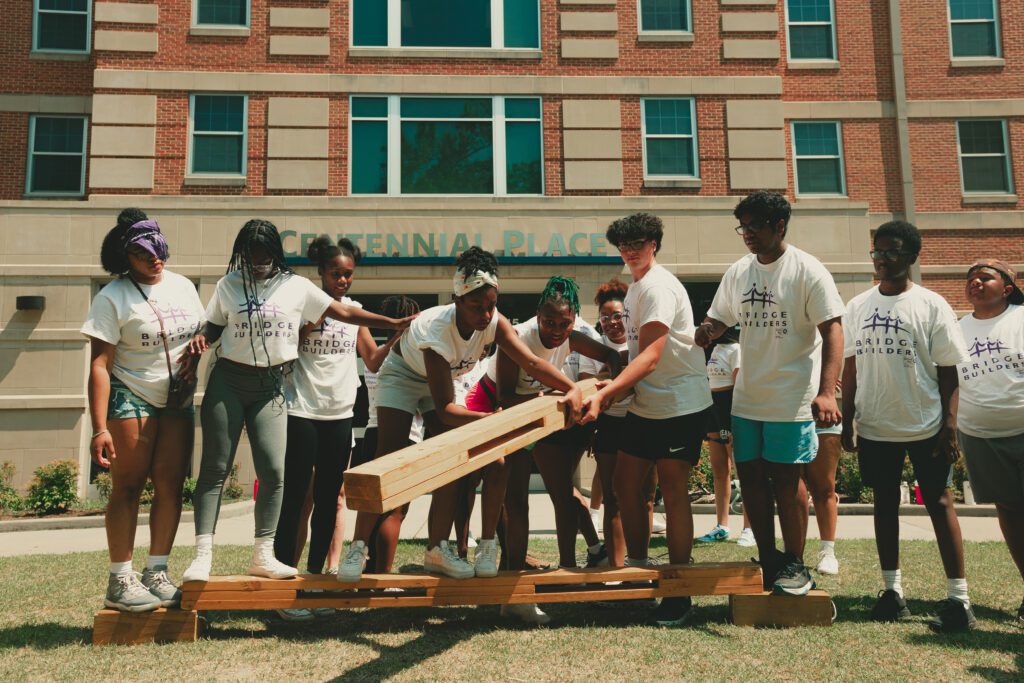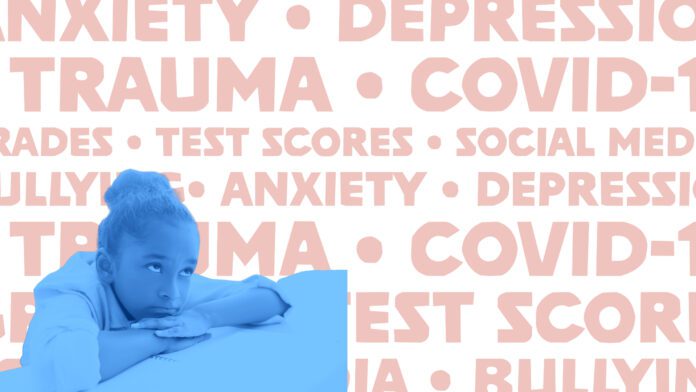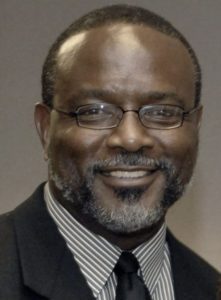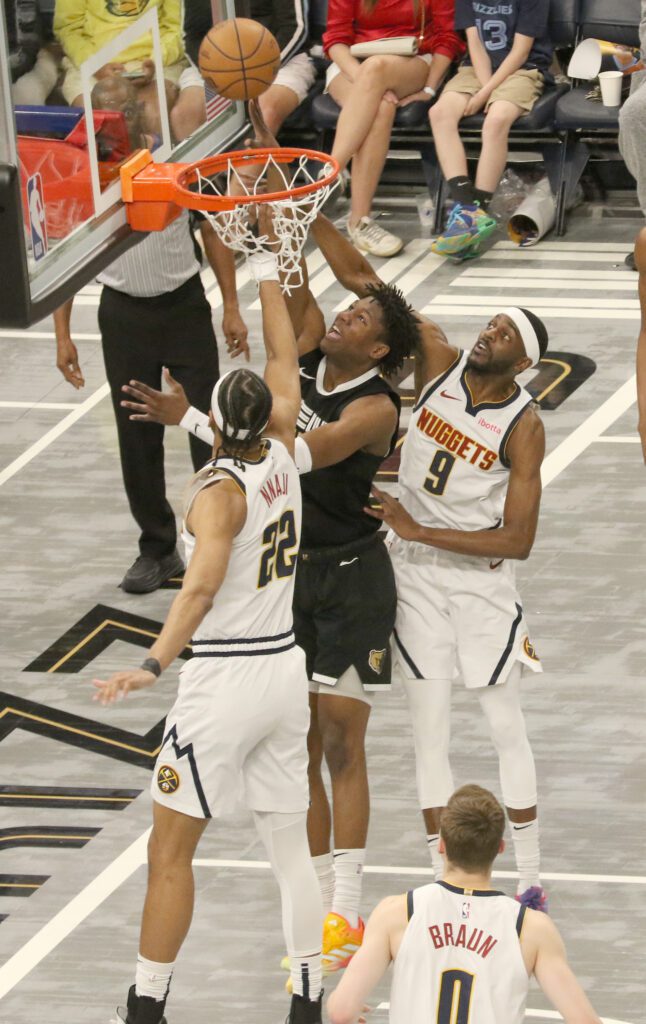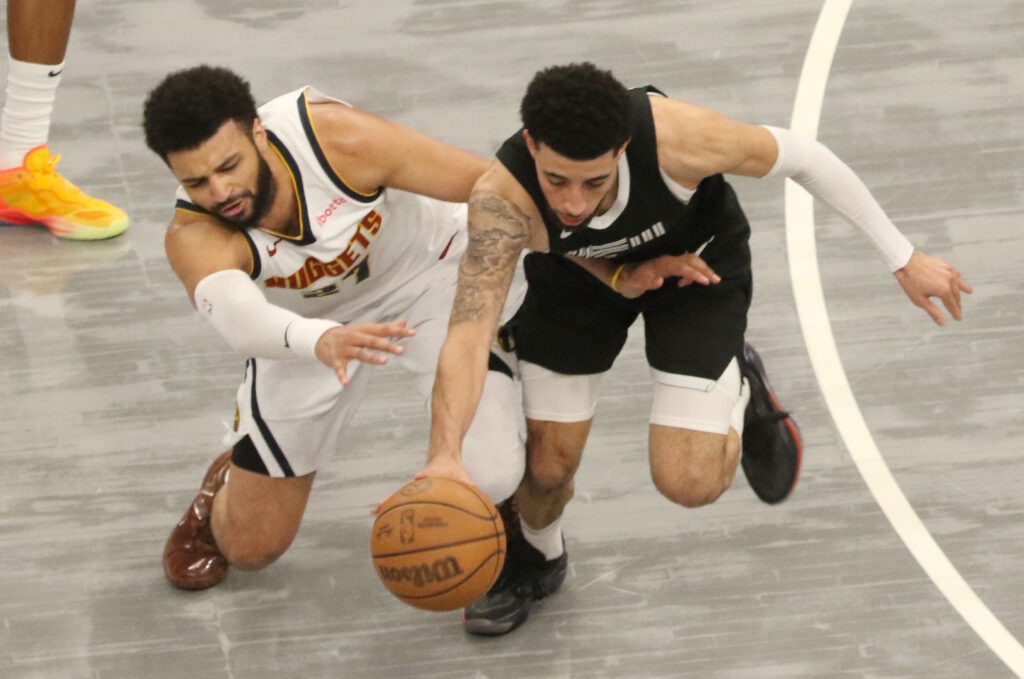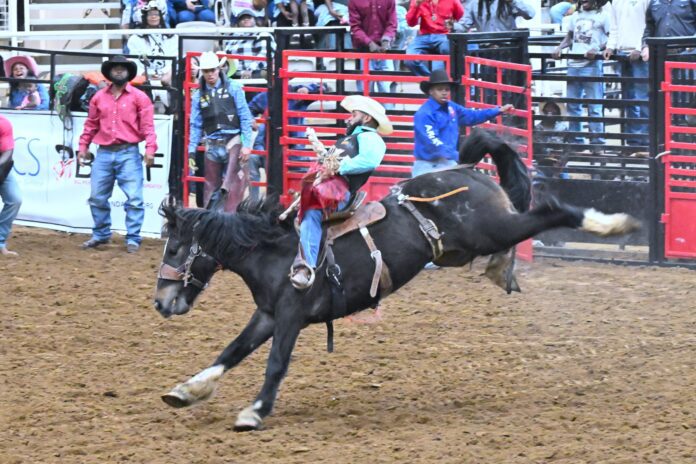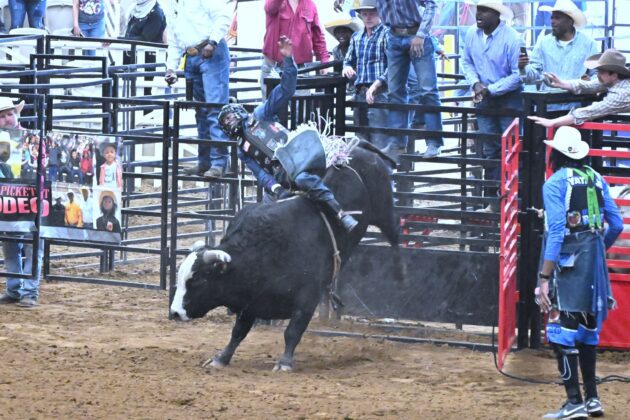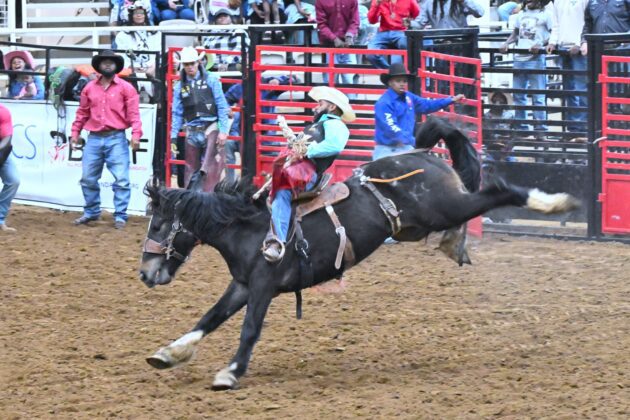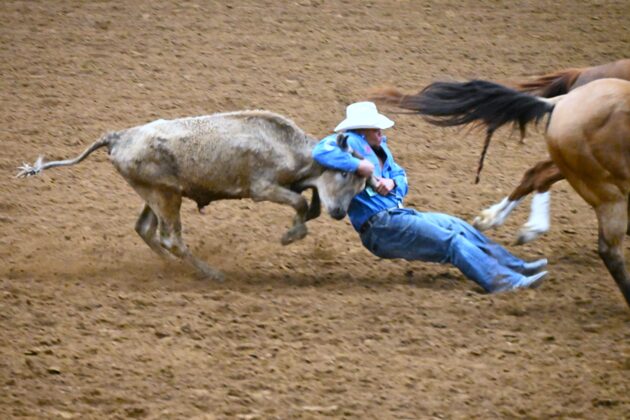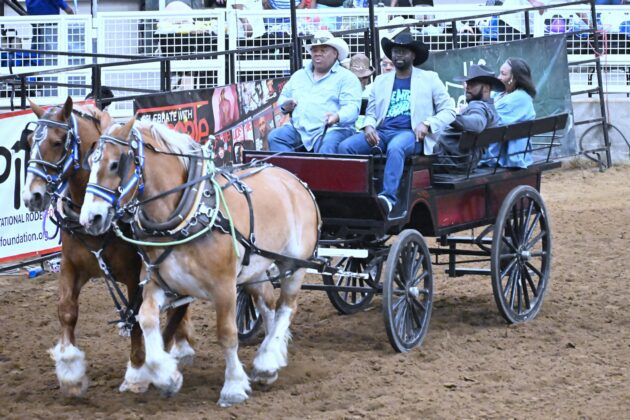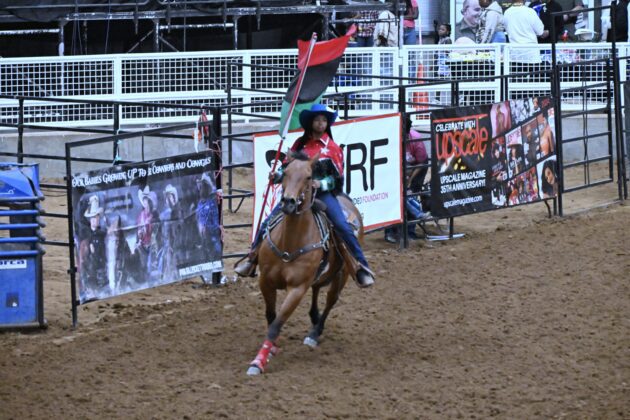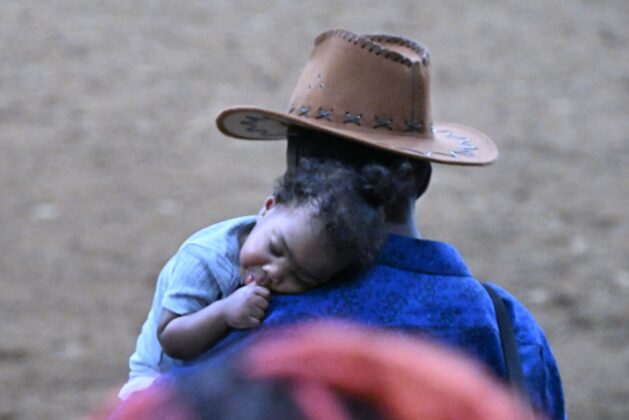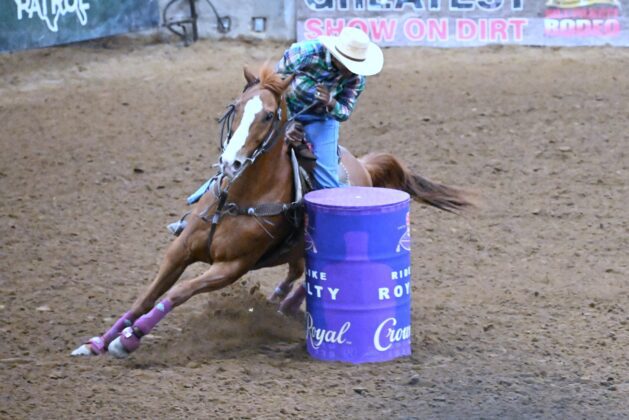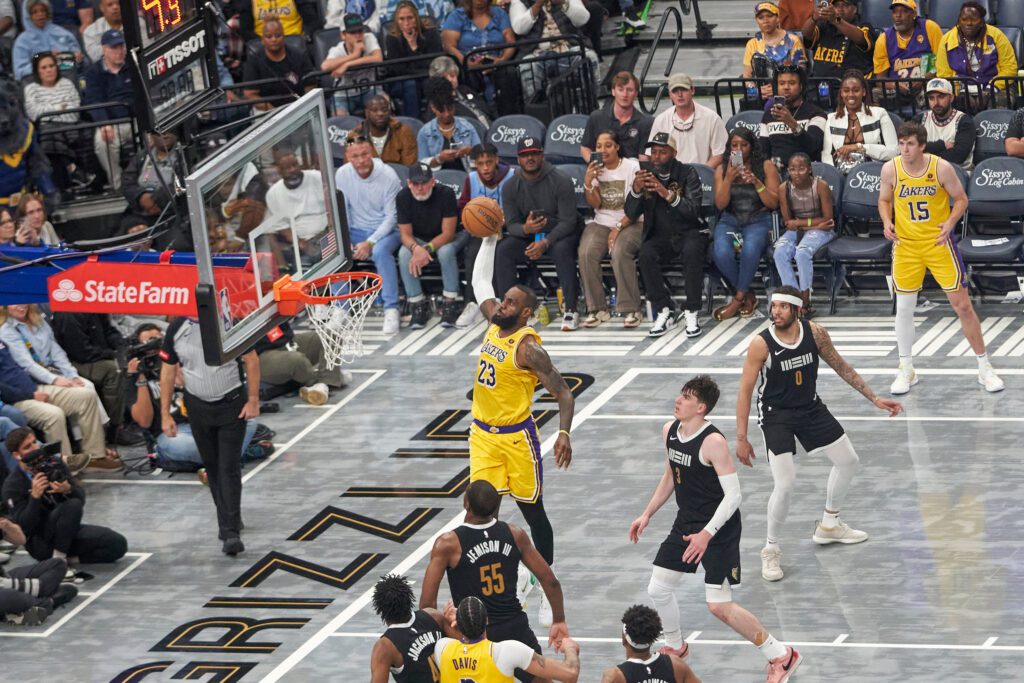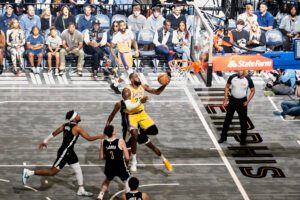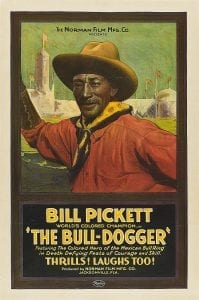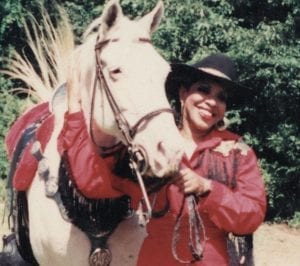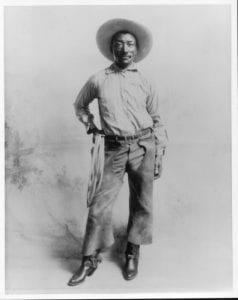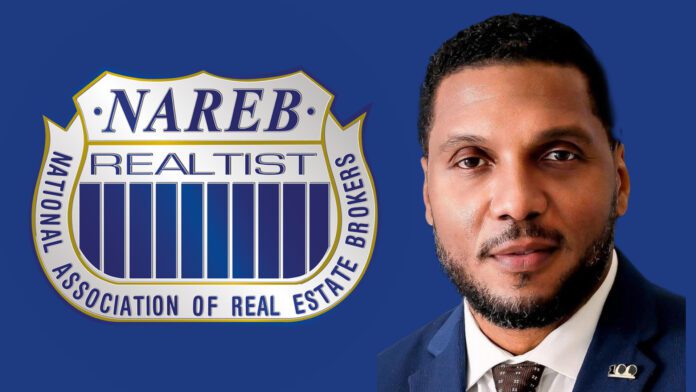Now roughly 100-days into his first term as Mayor, Paul Young continues to celebrate his administration’s early victories, acknowledge the setbacks, and ask Memphians to get involved in making the city a better, safer place to live.
And with a transparency not often seen in politics, Young announced that when he presents his budget to the City Council next week, it will include a request for a tax increase.
Hundreds of Memphians — police, council members, community leaders and citizens — filled the lower level of Mount Vernon Church in Southwest Memphis for Young’s 100-day address on Tuesday evening.
In his opening remarks, he ran down the highlights of his tenure so far, including the recent Black Mayor’s Coalition on Crime meeting in Memphis, the latest data on trash pickup and blight control, and other early victories.
But he also acknowledged the “hits” Memphis keeps taking, including a shooting he learned about at Douglass Park literally minutes before he took the stage. He paused to honor the men and women of the Memphis Police Department, and requesting a moment of silence for Officer Joseph McKinney, who was killed in the line of duty last week.
And throughout his speech, Young was clearly seeking to inspire, painting a vision of Memphis that’s mostly free from litter and neighborhoods with high-speed fiber optic internet access.
“Envision a transit system that effectively connects residents with jobs, childcare, healthcare, and groceries,” he said. “A system where a single card allows you to access buses, micro-transit options, vibrant community centers, and your local library to check out materials, content, and classes.”
But Young also knew he had to ask for something as well.
“But we really, simply and plainly, need more revenue,” Young said. “As much as I don’t want to be the one standing here and saying that, I also don’t want to be the one to let you down — to allow you to live in a neighborhood where ‘getting by’ is the standard.
“Our current budget keeps us where we are. And we’re good at getting by,” Young continued. “But I think it’s time for us to step into a reality that allows us to flourish. When I go to City Council next week to present our budget, I’m going to ask for a tax increase.
“I’m putting it out there straight, no lying, so you can hear directly from me,” he added. “I’d rather not ask. But I believe it’s the right thing for our city.”
Young announced a number of other initiatives:
Here are the key announcements from Mayor Paul Young’s 100 Day address organized with brief explanations for each initiative:
- New Public Safety Positions: The addition of two high-level public safety roles including a public safety advisor to the mayor and a chief strategist for public safety, focusing on data-driven approaches and community safety efforts.
- Establishment of a Police Foundation: A new foundation to enhance law enforcement resources and community policing initiatives, announced in collaboration with the Memphis City Council and the Greater Memphis Chamber.
- $50 Million Challenge Grant: A significant funding boost for community safety and development, with a national foundation providing a challenge grant to be matched by local donations, aiming for a total of $100 million.
- Data Sharing and Collaboration Agreements: Initiatives to improve coordination and data sharing among local law enforcement, judicial systems, and educational institutions to better target crime prevention and intervention.
- Reduction of Crime Goals: A commitment to reducing violent crime by 10% annually, supported by new strategies and the public safety dashboard to be unveiled in a weekly newsletter.
- SEPED (Crime Prevention Through Environmental Design) Grants: Announced a partnership with EDGE for providing $1 million in SEPED grants over four years to help businesses implement safety improvements.
But as he closed out, Young made a plea for HUMAN resources as well — people to roll up their sleeves and stay upbeat even in the face of depressing news.
“When the world hears about us, I want them to think of black wealth, culture, arts, and excellence,” he said. “I’m going to ask you, the residents of Memphis, to help keep part of that culture here. Stay in Memphis and help us continue the work of making our city better.”
Specifically, Young admonished young people who may feel like the grass is greener in other cities to stay home and nurture the grass right here.
“If you’re a young person thinking your talents will be better served elsewhere, reconsider because Memphis needs you,” he pleaded. “We need you to be the future of tech, transit, and workforce development. We need you to make medical breakthroughs and platinum records. We need you to open restaurants and retail shops, to join boards, and to use your voices for good. We need you to mentor, give back, and run for office.
“Creating the Memphis we all want to see is going to take everybody,” he said. “I firmly believe that we’re going to look back at 2024 and say this is when the change happened.
“We keep getting hit with negative news, but instead of becoming defeated, we become more determined,” he said. “Let’s go out and do it.”
After the speech, Young met with media:



